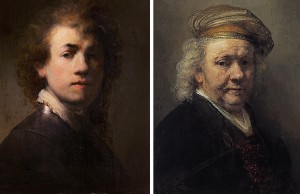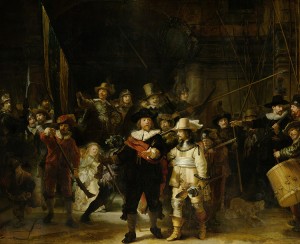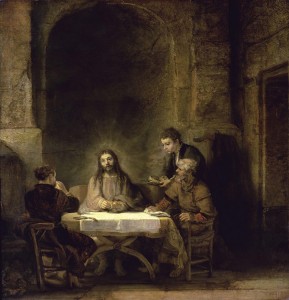The Prado: 200 Years of Art
Wednesday, November 20th, 2019November 20, 2019
Yesterday, on November 19, the Prado Museum in Madrid, Spain, marked the 200th anniversary of its founding in 1819. Originally called the Royal Museum of Paintings and Sculptures, the museum later became the Museo Nacional del Prado (National Museum of the Prado), and grew into one of the world’s most celebrated art museums. The word prado means meadow in Spanish. Both the museum and Madrid’s Paseo del Prado boulevard are built on land that was once a meadow. The museum’s exhibits of Spanish paintings include many works by El Greco and Francisco Goya. The museum also displays paintings by the Spanish painter Diego Velázquez, including his masterpiece Las Meninas.
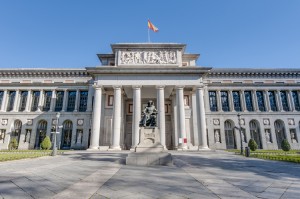
The Prado Museum in Madrid, Spain, opened 200 years ago in November 1819. Credit: © Anibal Trejo, Shutterstock
To mark the Prado’s 200th anniversary, the museum ran a special exhibition called “A Place of Memory” in the first 10 months of 2019. The exhibition showed how the museum changed but survived the often turbulent events of Spanish history, including the fall of Spain’s colonial empire, the Spanish Civil War, the dictatorship of Francisco Franco, and the country’s ultimate transition to democracy. The traveling exhibit “De gira por España” (On Tour in Spain) took many of the Prado’s precious works to museums throughout the country as part of the bicentenary celebration in 2019. At the same time, the exhibition “El Prado en las calles” (The Prado in the Streets) displayed the museum’s works in public spaces in the Philippines and in several cities in the Americas.
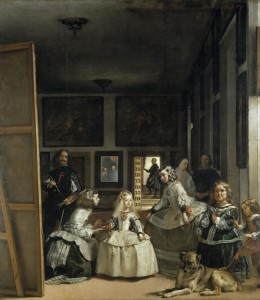
Las Meninas, a portrait of the Spanish royal family by Diego Velázquez, is one of the Prado’s most famous works. The artist united real and pictorial space by having the young princess look casually out of the composition, presumably toward her parents, who stand in the same position as the viewer. The painter shown at left is Velázquez himself. Credit: The Prado, Madrid, Spain (Erich Lessing, Art Resource)
Construction on the building that houses the Prado began in 1785. It was originally a museum of natural sciences. King Ferdinand VII of Spain converted it into the Royal Museum of Paintings and Sculptures. The museum’s initial collection contained more than 300 works by Spanish artists. The museum has been known as the Prado since 1868. The Prado’s collection has grown in size and variety over time, particularly after taking in works from the closure of two other museums—the Museo de la Trinidad, in 1872, and the Museo de Arte Moderno (Museum of Modern Art), in 1971. Extensions and renovations have greatly expanded and improved the Prado Museum’s space.
The Prado’s collection centers on European masterworks of the 1500’s through the 1800’s, but it also includes many ancient and modern works. In addition to paintings, the collection includes decorative arts, drawings, photographs, prints, and sculptures, as well as a large archive and library. Together with the nearby Reina Sofía and Thyssen-Bornemisza museums, the Prado forms Madrid’s “Golden Triangle of Art.”

